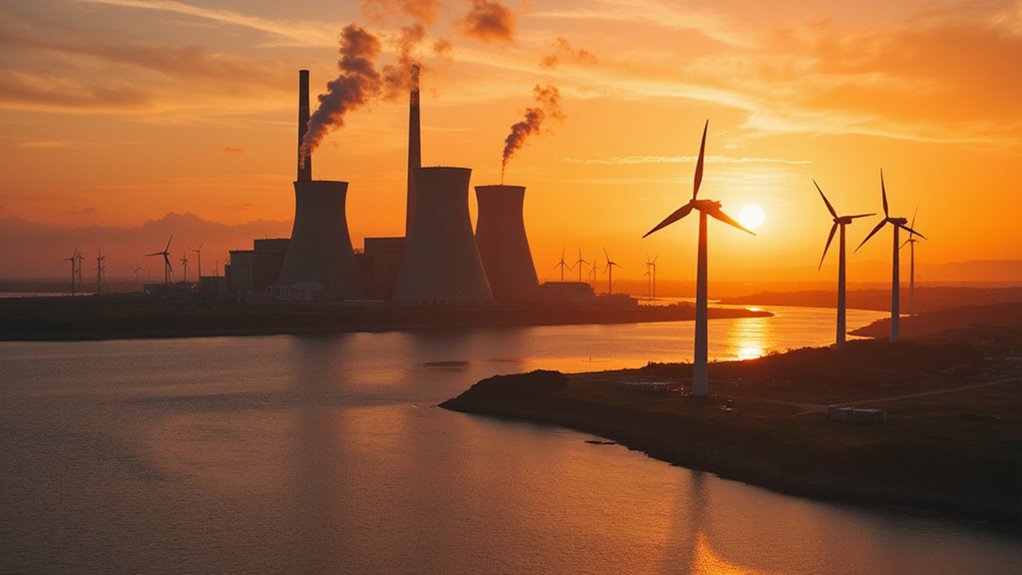Despite policy challenges, clean energy continues its rapid expansion. Renewables will meet 95% of electricity demand growth through 2027, with solar and wind expected to surpass coal generation by 2025. Investment favors clean energy, with $1.70 spent on renewables for every dollar in fossil fuels. The sector added 149,000 jobs in 2023 alone. Technological advances in turbine capacity and battery storage further fuel this unstoppable transformation.
As the world moves away from fossil fuels, clean energy growth continues to accelerate at an unprecedented pace. Renewables are set to meet 95% of electricity demand growth through 2027, with solar PV accounting for half of that increase. Wind generation will supply another third of additional global demand from 2025 to 2027.
The numbers tell a powerful story. By 2025, renewable energy sources will provide over one-third of total global electricity generation. Even more striking, solar and wind power combined are on track to overtake coal-fired generation that same year.
Investment trends clearly favor clean energy. For every dollar invested in fossil fuels, $1.70 now goes to clean energy projects. The global renewable energy market, valued at $1.74 billion in 2025, is forecast to reach $7.28 billion by 2034, growing at 17.23% annually. The Asia Pacific region leads with over 40% market share.
Investment in clean energy has surpassed fossil fuels, with global renewable markets poised for explosive 17% annual growth through 2034.
Jobs in the clean energy sector grew by 4.9% in 2023, twice the rate of the overall economy. With 149,000 new positions added last year, the U.S. now has 3.3 million clean energy jobs. Projections suggest the renewable sector will create 10 million more jobs by 2030, with solar accounting for 75% of these opportunities. Research led by Deloitte’s energy transition experts indicates that independent power production will be a critical driver of job creation in the renewable energy sector.
Technology improvements continue to drive the shift. Wind turbine capacity has doubled since 2007. Battery storage costs are expected to fall 52% by 2030, while U.S. battery capacity could increase 100-fold by 2040.
Government policies are boosting this momentum. The U.S. Inflation Reduction Act provides $370 billion in renewable tax credits. Similar initiatives exist in the EU and China.
Challenges remain, including intermittency issues with solar and wind, grid integration concerns, and supply chain constraints. However, the overall trajectory is clear. Despite these hurdles, clean energy continues its remarkable growth as countries worldwide embrace the shift to renewable power sources. Europe leads the global transition with 43% renewable electricity already integrated into its energy systems. Global renewable power capacity is projected to increase by over 5,500 GW between 2024 and 2030, nearly three times the growth seen in previous years.








